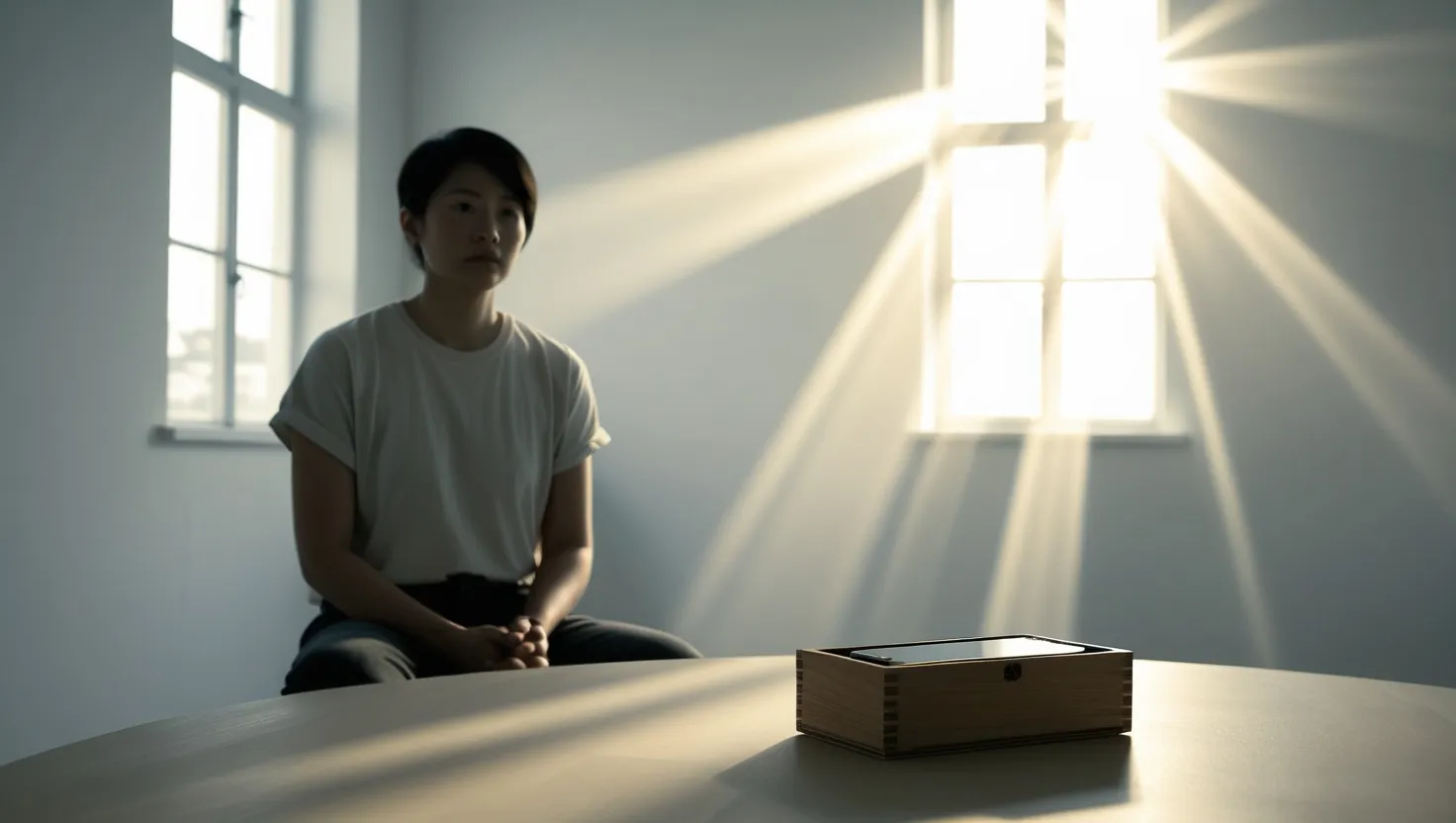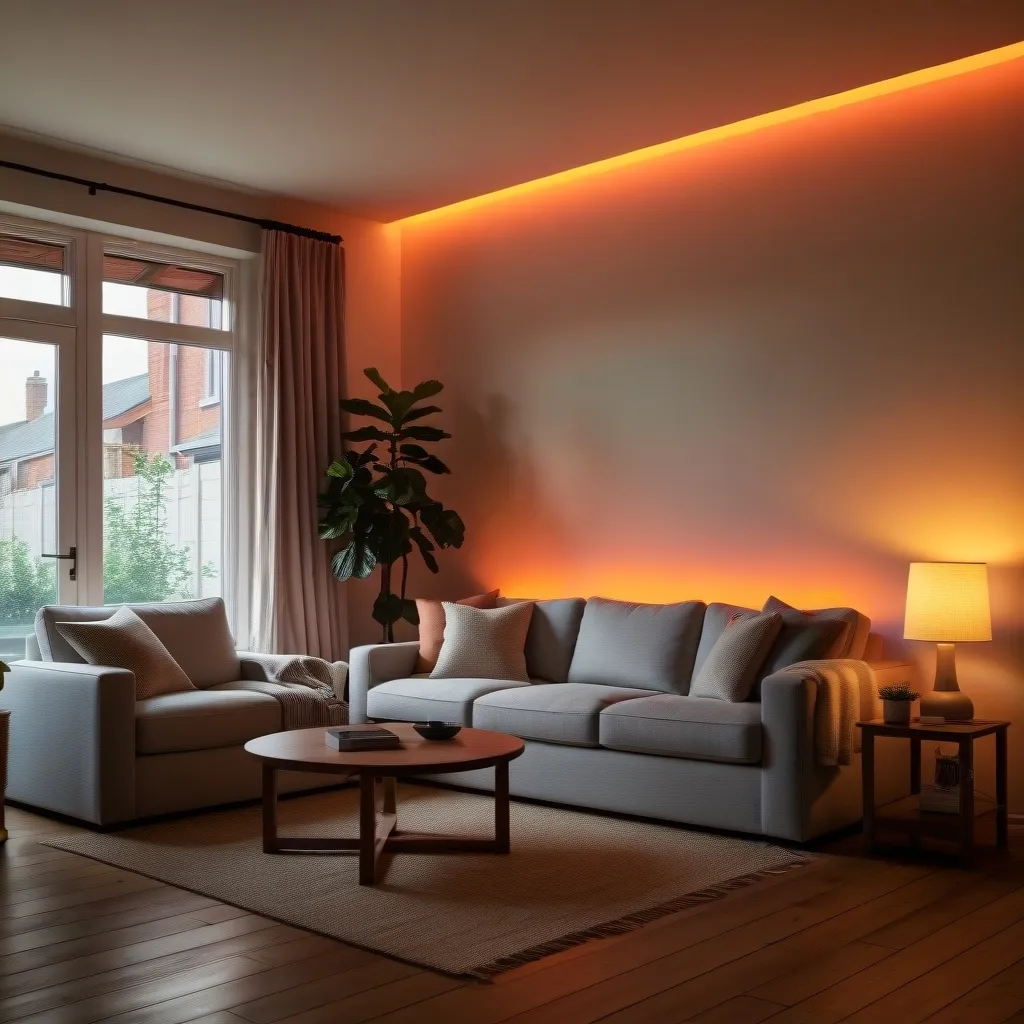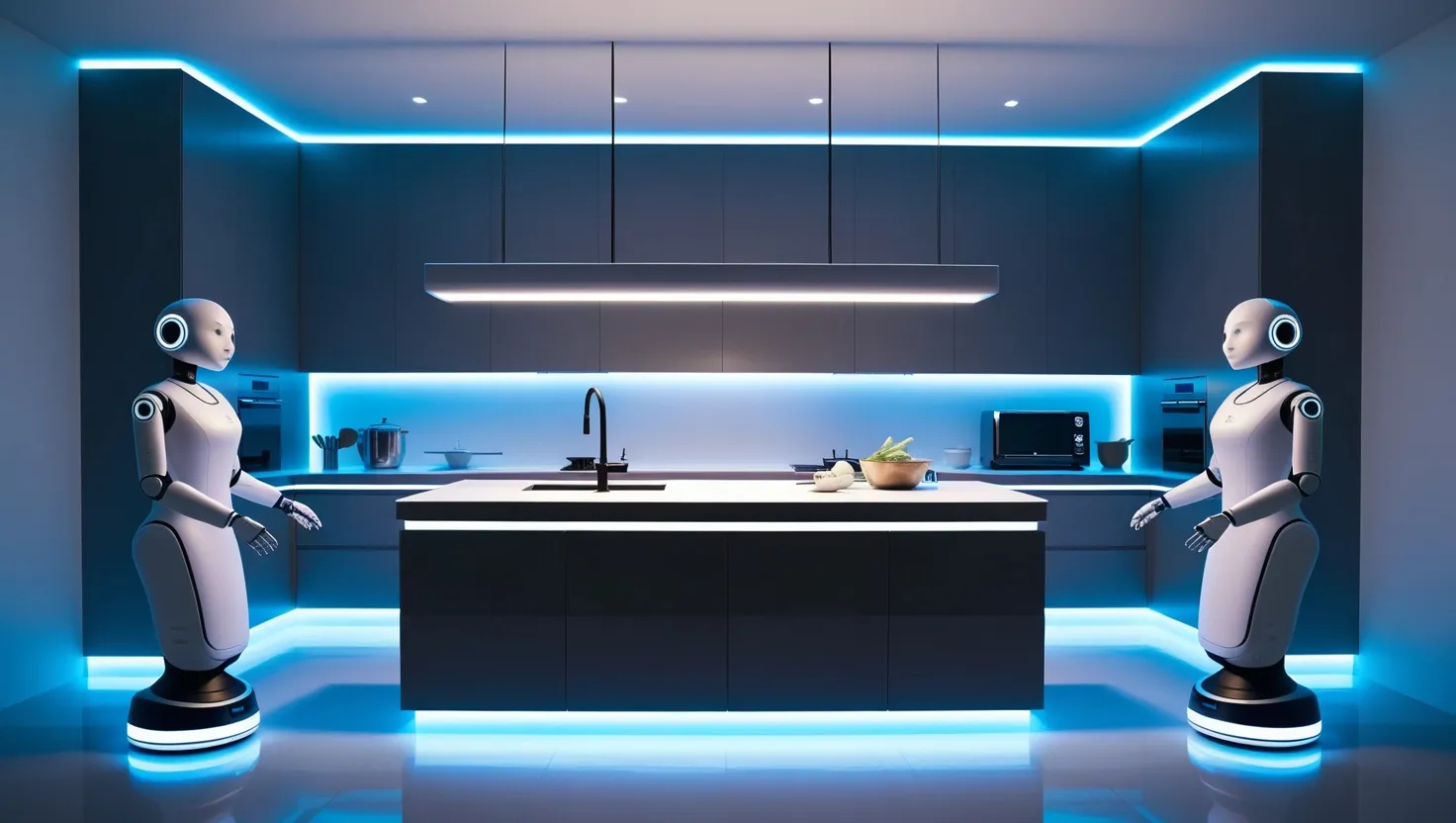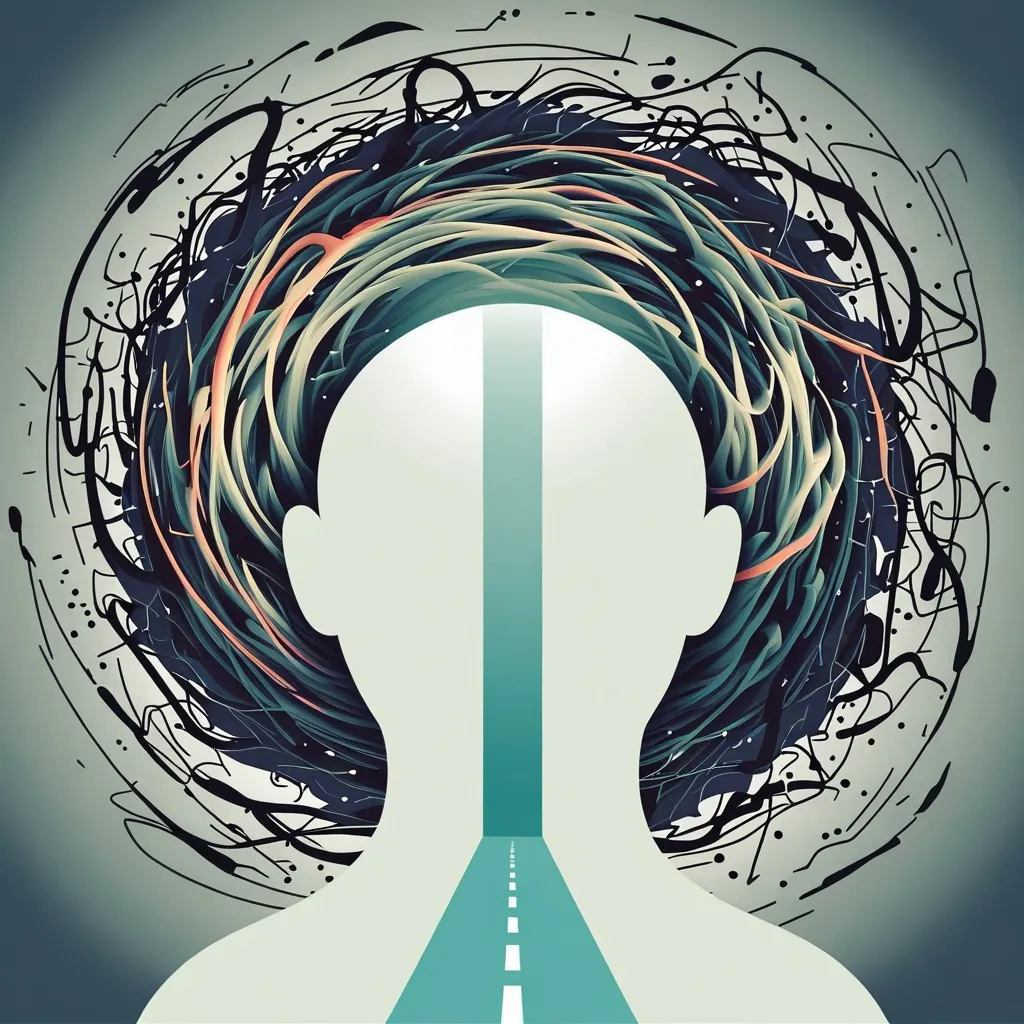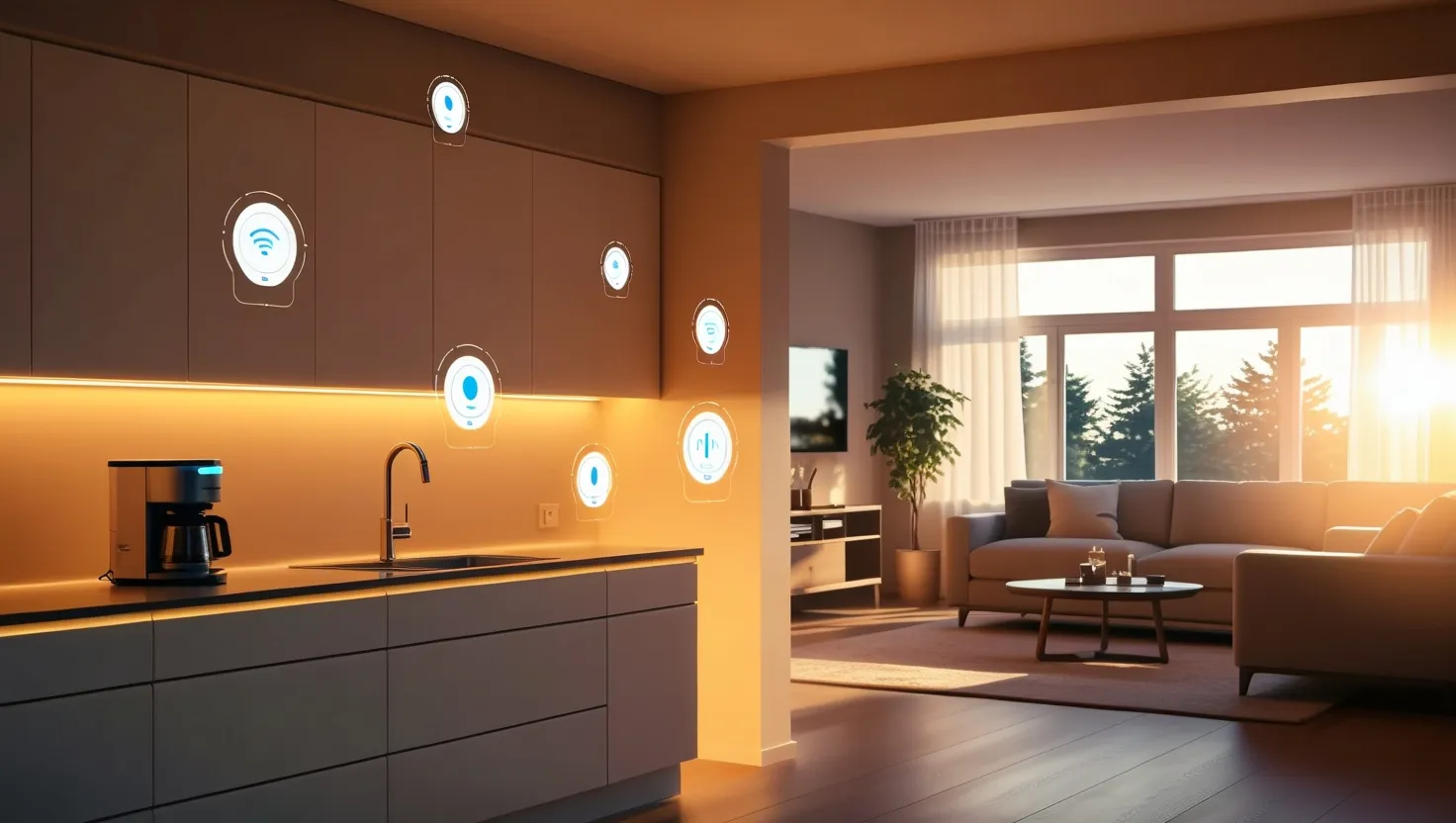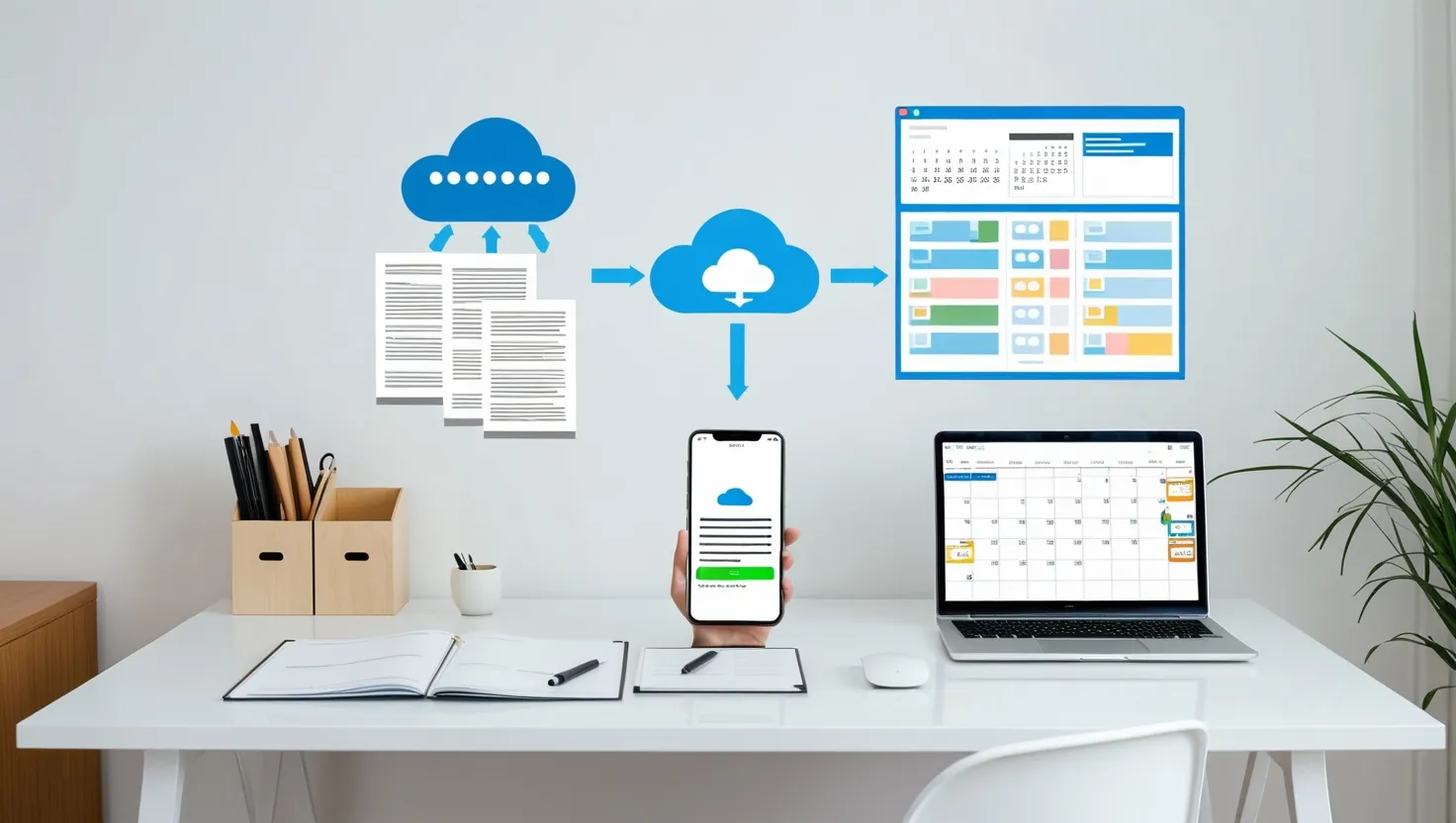Do you ever feel like your thoughts are being hijacked, slipping through your fingers with every buzz from your phone? I’ve had those days when focus seems like a luxury, and real moments are buried under a mountain of notifications and digital clutter. But what if we could turn this around, not by tossing our devices, but by using them with intent? Digital minimalism offers a refreshing alternative—one that’s not about ditching tech, but about mastering it in practical, sometimes unexpected ways.
Let’s consider the odd reality: we check our phones over 80 times a day on average. Each glance might seem harmless, but the cumulative effect is huge. It’s not just about stolen minutes; it’s about fractured attention. What could we regain if we took back even half of those interruptions? The core promise of digital minimalism isn’t deprivation—it’s reclamation. We’re talking about getting our time and calm back, sometimes in ways that might surprise you.
I started with something deceptively simple: physical boundaries for my devices. Have you tried banning phones from your bedroom or dinner table? When your home develops these “device-free zones,” you’ll quickly notice something shifts. Sleep becomes less elusive. Meals turn into real conversations. There’s an almost forgotten ease in sharing a laugh or a story without the silent tug of a phone screen nearby. Just a small act of boundary-setting, but suddenly, you reclaim pockets of peace impossible amidst constant digital presence.
“Almost everything will work again if you unplug it for a few minutes, including you.” — Anne Lamott
It’s striking to see how much control we cede to our apps without ever questioning their place in our lives. I once did a ruthless audit of my phone. For each app, I asked: Does this truly solve a problem, or is it a new source of busywork? Most of us carry digital baggage—tools for tasks we never do, networks we never check, games that only steal time. After a bold round of deletions, I found I could cut my apps by more than half without missing a beat in productivity. The quiet that followed? Fewer notifications, less mental noise, and a home screen that finally felt my own.
Here’s a question worth pondering: what digital tools actually make your life better? Which ones just fill up your mental space?
App consolidation works because it resets your baseline. Once you pare down, you realize how rarely you needed so many tools—and how encouragement from studies and experts actually aligns with this practice. Less clutter means fewer hidden obligations, and a kind of clarity emerges that’s tough to quantify until you feel it.
We can’t ignore that much of our anxiety is born from the constant scramble of digital communication. Emails, messages, calls, DMs—each one demanding attention and splintering our focus. I used to think prompt replies showed commitment. Now, I see the value in batch processing: carving out two or three fixed times a day to handle all messages at once. The rest of the time, I give myself permission to ignore the ping. Not only does this preserve my concentration, but it means when I do reply, I’m more thoughtful and less reactive. Try it for a week—schedule your messaging, and notice how much less frazzled you feel.
“Beware the barrenness of a busy life.” — Socrates
A strategy I never expected to work as well as it did was introducing deliberate inconvenience. I made it harder to get sucked into distractions—log out of social media after each use, keep the TV remote in a different room, or stash my phone in a drawer before starting deep work. At first, it felt almost silly—would such little barriers really make a difference? Turns out, our brains seek the path of least resistance. Even a small friction point, like having to sign in every time, can be enough for me to think, “Do I really need to check this now?” More often than not, the answer is no.
Here’s a challenge: what’s one annoying step you could add between you and your favorite distraction?
Sometimes, the old-fashioned solutions are the most effective. There’s something powerful about a literal lockbox—physically putting your phone away from sunset to sunrise. A friend swears by this: he pops his devices in a secure box every evening, and the results are undeniable. Suddenly he has two, three, even four extra hours each day for reading, conversation, or just being present. That collective sigh of relief at home, when the glowing screens disappear, is the sound of real connection returning.
It begs the question: What could you rediscover with a few more hours each day—hobbies, books, relationships, maybe even new ideas?
The benefits of digital minimalism are deeper than just extra minutes on the clock. When you stop chasing every digital distraction, you create room for solitude. Oddly enough, boredom becomes fertile ground: your mind wanders, problems untangle, and creativity creeps back in. It’s in these quiet spaces that you remember what truly matters to you—not what’s trending online.
“Technology is a useful servant but a dangerous master.” — Christian Lous Lange
I’ve noticed that clearer boundaries with tech spill over into other parts of life. The process teaches self-discipline, sure, but it also makes downtime actually restful. When work ends, it ends. Home feels more like home again, not just another extension of the office or a backdrop for endless scrolling. It’s easier to tune in to real feelings and conversations when you’re not half-distracted by an incoming alert.
All this talk about regaining time and focus sometimes misses an essential point: digital minimalism is flexible. There’s no one-size-fits-all. For some, it’s a morning device detox; for others, it’s about keeping social media off their phone entirely. The approaches can be as unique as our lives, but the philosophy is the same—use technology on your own terms, not out of habit or obligation.
The surprising part is how quickly the benefits stack up. Stress drops. Productivity goes up. You get a shot at a better work-life balance, and your well-being improves. Even those who thrive in tech-heavy jobs find they’re sharper and more creative when they set boundaries with screens. With fewer distractions, you have the mental space to connect with others and yourself.
“Almost nothing material is needed for a happy life, for he who has understood existence.” — Marcus Aurelius
So, how do you want your relationship with technology to look moving forward? I believe digital minimalism isn’t just about subtraction—it’s about making intentional choices. Each small step—defining screen-free zones, pruning apps, batching communication, adding friction, or locking away devices at night—serves one purpose: giving your time and attention back to you.
The best part is that you don’t have to go cold turkey or retreat to a cabin in the woods. It’s about balance—finding the right mix where technology supports your goals without overwhelming them. In an age where everyone is fighting for your focus, the most radical thing you can do is reclaim it.
Are you willing to try just one of these changes today? The first step might feel unfamiliar, even uncomfortable, but the reward is a life lived with more intent, presence, and joy. And isn’t that what we’re really after all along?
